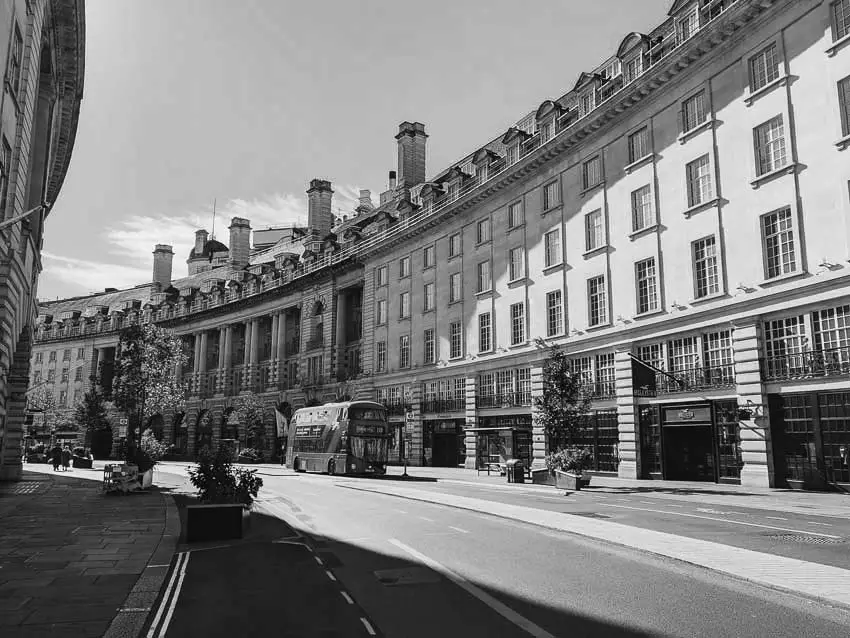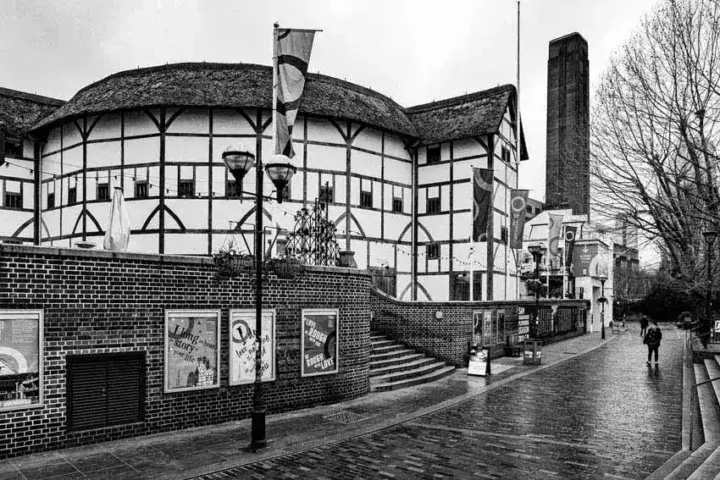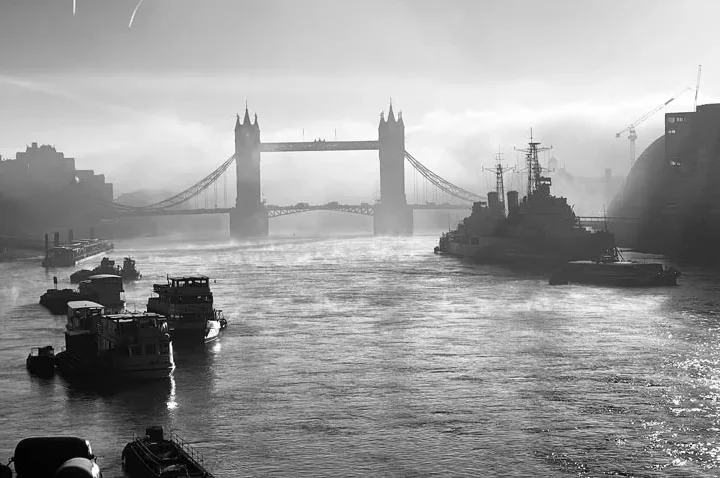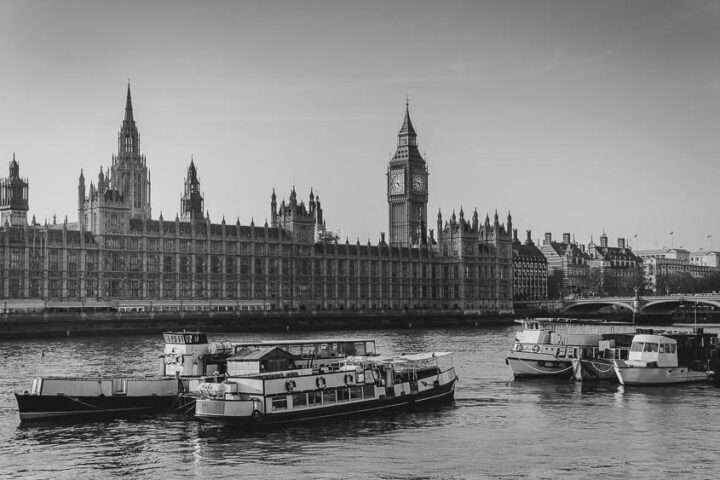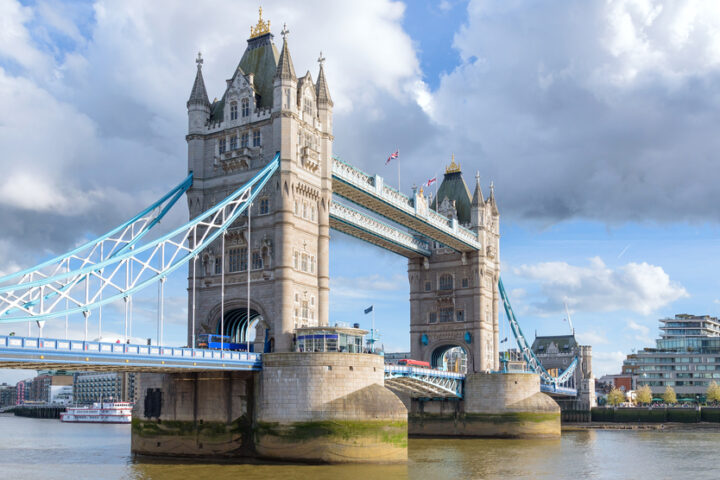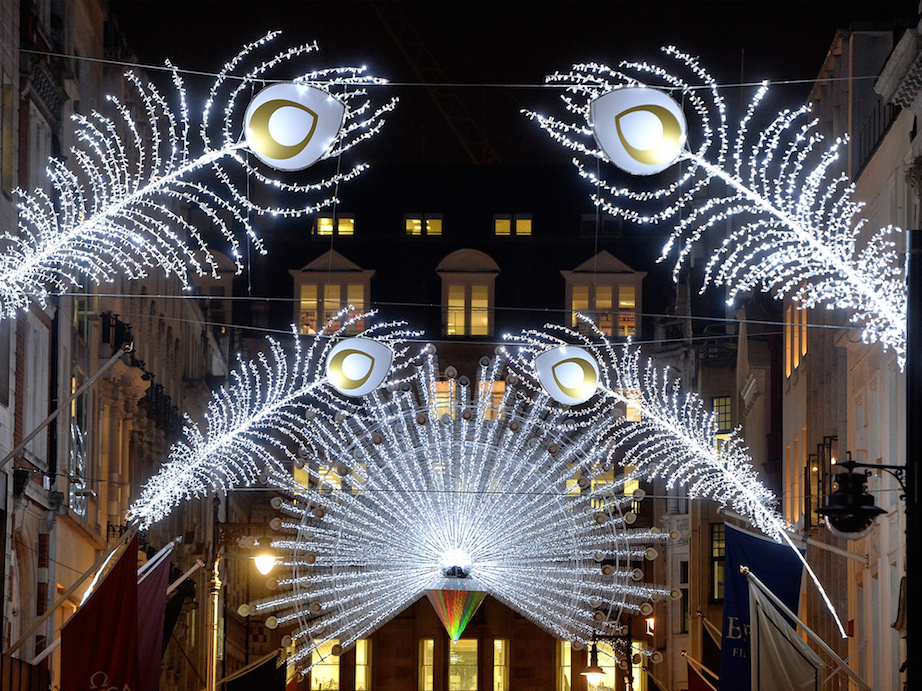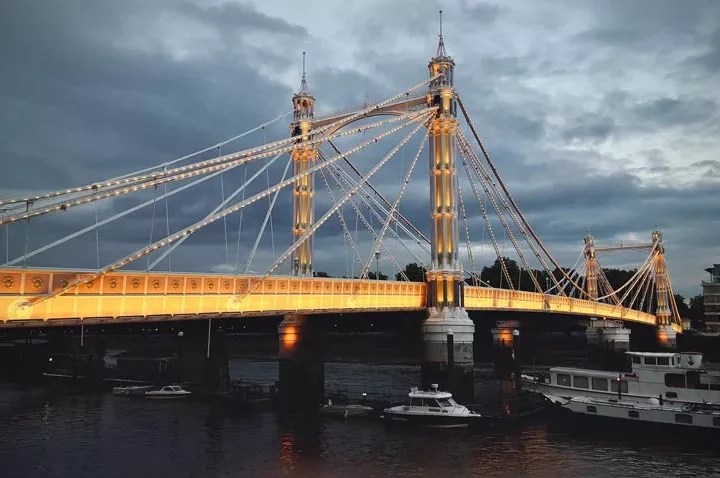The early years of the 18th century saw the birth of newspapers in London. The early papers, the most distinguished one of which was Richard Addison’s Spectator, satisfied the demands of an increasingly literate population in London. In many of the newspapers that followed, Addison put up shop along Fleet Street. Fleet Street as we all know it today.
The Georgian period in London overlapped very neatly with the Palladian Revival in architecture and art. Lord Burlington, in his 1715 design of Burlington House in Piccadilly, played a major role in popularizing this classical style which became the norm for much of the 18th century. A few years later, in 1725, Lord Burlington was at it again, with his remodelling of Chiswick House, then a country retreat but now part of Greater Londons irregular spread.
At the same time, Grosvenor Square was built in Mayfair, part of the Grosvenor family’s development of an aristocratic district. More London squares followed, notably Berkeley Square (designed by William Kent). Kent was also responsible for building the Treasury Building (1733), and the Horse Guards (1745).
Theatre, which had been so popular under the Stuart Restoration, became a little too vociferous for the taste of the city authorities. In 1737 a series of satires staged at the Theatre Royal Haymarket so infuriated them that the Lord Chamberlain was given the power of censorship over all public theatre performances. This power was not revoked until 1968.
For some six hundred years the only bridge across the Thames in London was London Bridge, of nursery rhyme fame. However, the growing city required more ease of movement and space to travel, so the shops and houses on London Bridge were moved down, and large sections of the old city walls were destroyed. In 1750 a second stone bridge was added, named “Westminster Bridge”.
If the early Georgian period was influenced by Lord Burlington, the latter was influenced by Robert Adam and his neo-classical followers or I shall say his imitators. Adam was responsible for a spate of influential house designs around London, including Syon House (1761), Osterley Park, and Kenwood House.
A year after Adam’s work at Syon, King George III, and Queen Charlotte moved into Buckingham House (later to become Buckingham Palace). St. James Palace remained the official royal residence.
One of the biggest social revolutions in Georgian London was a quiet one. It was the popularity of coffee houses as a forum for business, entertainment, and social activity. The London coffee houses were immensely popular and certain places became associated with different political viewpoints or kinds of commercial activity. It was in one of these coffee houses, New Jonathan’s, that merchants gathered, and formed what was to become the current London Stock Exchange.
Georgian London saw a new form of entertainment, the pleasure garden, become popular. These pleasure gardens, notably at Ranelagh and Vauxhall, were like outdoor amusement parks, complete with musicians and fireworks.

